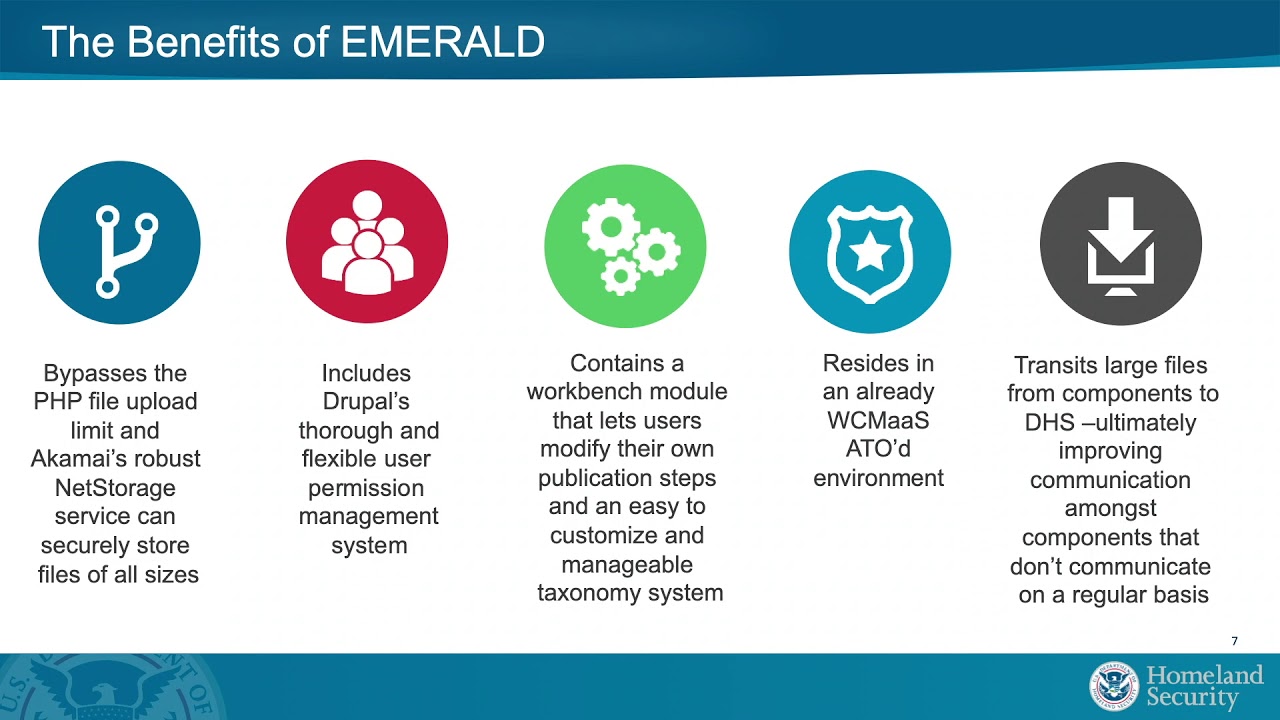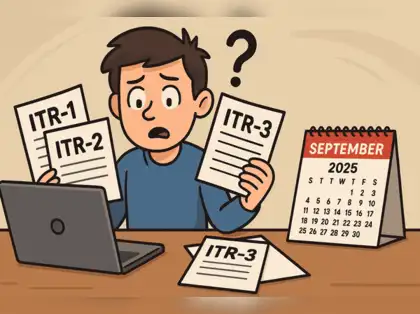The Benefits of Digital Asset Management
Digital Asset Management (DAM) is a crucial aspect of modern businesses. It involves the organization, storage, retrieval, and distribution of digital assets such as images, videos, documents, and other media files. Implementing a robust DAM system can provide numerous benefits to businesses, enhancing efficiency, productivity, and overall success.
Improved Organization and Accessibility
One of the key advantages of digital asset management is the ability to organize and access digital assets efficiently. With a well-structured DAM system, businesses can easily categorize and tag assets, making it simple to locate and retrieve specific files when needed. This eliminates the time-consuming process of manually searching through folders and drives, resulting in significant time savings.
Enhanced Collaboration and Workflow
DAM systems enable seamless collaboration among team members, regardless of their geographical location. By centralizing digital assets in a single repository, employees can easily access and share files, fostering better communication and collaboration. This streamlines workflows reduces duplication of efforts and improves overall productivity.
Brand Consistency and Control
Consistency is key to building and maintaining a strong brand identity. Digital asset management plays a vital role in ensuring brand consistency by providing a centralized platform for storing approved brand assets. This ensures that all team members have access to the latest versions of logos, images, and other brand elements, reducing the risk of using outdated or inconsistent assets.
Time and Cost Savings
Implementing a DAM system can lead to significant time and cost savings for businesses. With quick and easy access to digital assets, employees can complete tasks more efficiently, reducing the time spent searching for files. Additionally, by avoiding the use of unauthorized or low-quality assets, businesses can prevent costly mistakes and maintain a professional image.
Improved Security and Rights Management
Digital asset management systems offer enhanced security features to protect valuable assets. These systems allow businesses to set permissions and access levels, ensuring that only authorized individuals can view, edit, or distribute assets. By maintaining control over digital assets, businesses can prevent unauthorized use and protect sensitive information.
Efficient Metadata Management
Metadata plays a crucial role in the effective management of digital assets. DAM systems enable businesses to add and manage metadata associated with each asset, including keywords, descriptions, and copyright information. This makes it easier to search and filter assets based on specific criteria, improving efficiency and accuracy in asset retrieval.
Integration with Other Systems
Digital asset management systems can integrate seamlessly with other business tools and software, further enhancing their functionality. Integration with content management systems (CMS), project management tools, and marketing automation platforms allows for a more streamlined workflow and improved efficiency across various departments.

In today’s digital age, effective management of digital assets is essential for businesses to thrive. Implementing a robust digital asset management system offers numerous benefits, including improved organization and accessibility, enhanced collaboration, brand consistency, time and cost savings, enhanced security, efficient metadata management, and integration with other systems. By embracing digital asset management, businesses can unlock their true potential and stay ahead of the competition.
Frequently Asked Questions about the Benefits of Digital Asset Management
1. What is Digital Asset Management (DAM)?
Digital Asset Management (DAM) is a system that allows organizations to store, organize, retrieve, and distribute digital assets such as images, videos, documents, and other media files.
2. How can Digital Asset Management benefit my organization?
Digital Asset Management can benefit your organization in several ways, including:
Improved efficiency in managing and accessing digital assets
Enhanced collaboration among team members
Consistent branding and messaging across various channels
Reduced time and effort spent searching for files
Increased security and control over digital assets
3. Can Digital Asset Management help with version control?
Yes, Digital Asset Management systems often include version control features, allowing you to keep track of different versions of your digital assets and easily revert to previous versions if needed.
4. Is Digital Asset Management only beneficial for large organizations?
No, Digital Asset Management can benefit organizations of all sizes. Even small businesses can benefit from improved organization, accessibility, and control over their digital assets.
5. Can Digital Asset Management integrate with other software and tools?
Yes, many Digital Asset Management systems offer integrations with other software and tools such as content management systems (CMS), project management tools, and design software, allowing for seamless workflows and increased productivity.
6. How does Digital Asset Management help with brand consistency?
Digital Asset Management ensures that all team members have access to the latest approved versions of brand assets, such as logos, fonts, and templates. This helps maintain brand consistency across various marketing materials and channels.
7. Can Digital Asset Management improve collaboration among team members?
Yes, Digital Asset Management facilitates collaboration by providing a central repository for digital assets, enabling team members to easily share, review, and collaborate on files. It eliminates the need for back-and-forth emails and ensures everyone is working with the latest versions of assets.
8. Does Digital Asset Management help with compliance and legal requirements?
Yes, Digital Asset Management systems often include features for managing usage rights, permissions, and copyright information, ensuring compliance with legal requirements, and preventing unauthorized use of assets.
9. Can Digital Asset Management improve marketing and content creation processes?
Absolutely! Digital Asset Management streamlines the content creation process by providing quick access to relevant assets, reducing time spent searching for files, and enabling easy repurposing of existing assets. This leads to faster turnaround times and increased productivity.
10. How can Digital Asset Management benefit remote teams?
Digital Asset Management enables remote teams to access and collaborate on digital assets from anywhere, at any time. It eliminates the need for physical file sharing and ensures that all team members have access to the same up-to-date assets, regardless of their location.




